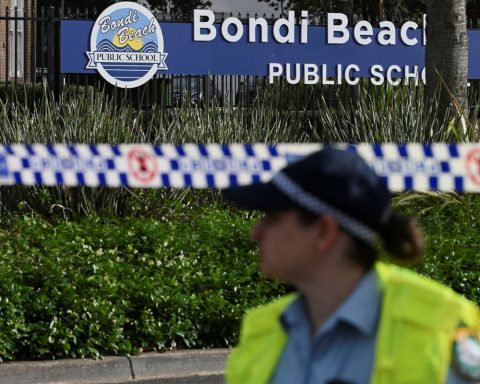From May to June, the service sector grew 0.7%, registering the second high in a row and accumulating gains of 2.2% since March, reaching 7.5% above the pre-pandemic level in February 2020 Regarding the highest level of the historical series, it was 3.2% below November 2014. The data are from the Monthly Service Survey (PMS), released today (11) by the Brazilian Institute of Geography and Statistics (IBGE).
In comparison with June of last year, the volume of the service sector increased by 6.3%, the 16th positive rate in a row, with expansion in four of the five activities. Only other services fell in this analysis, with a drop of 4.2%, accumulating a loss of 1.6% in the 12 months ended in June 2022.
The accumulated in 12 months in the total volume of services has been registering a decrease in the rhythm, changing from 11.7% in May to 10.5% in June 2022.
According to research analyst Luiz Almeida, four of the five activities included in the survey registered growth in volume. He points out that the 0.6% rise in the transport sector was the main influence on the result for the month, especially pipeline transport, road freight and collective passenger transport.
“The transport sector is 16.9% above the pre-pandemic level, surpassing that level in May 2021 and remaining above that level since then. In other words, there are already 14 rates above the level of February 2020. The sector benefited initially from the increase in cargo transport, much of it due to the increase observed in online sales during the pandemic, generating an impact on the logistics chain, and, later, the recovery of passenger transport helped to boost the sector”, he explained.
resumption
Almeida said that the resumption of activities such as fairs and conventions, architecture and engineering and surveillance and private security increased the area of professional, administrative and complementary services by 0.7%.
“The sector obtained the second positive rate in a row, accumulating a gain of 1.8% in the last two months. This growth takes the sector to a level 7.1% above the pre-pandemic level, operating above this level since December 2021,” he said.
The sector of other services rose 0.8%, with emphasis on securities brokerages and fund management by contract or commission. According to Almeida, this sector is 2% higher than in February 2020.
“He [outros serviços] has a slightly different trajectory from other sectors as it did not suffer so much during the pandemic, mainly on account of auxiliary financial services, largely due to the influx of new investors. In August 2020 it was already above the pre-pandemic level and then it dropped again, presenting a slightly erratic behavior and different from the other groups”, he explained.
According to the survey, services provided to families rose 0.6%, with emphasis on services in performing arts and shows and management of sports facilities. Despite the high, it is the only sector that is still below the pre-pandemic level, but shows a growth trajectory and accumulates 34.7% high in the last 12 months ended in June.
The only sector with a decline in June was information and communication, which fell 0.2%, driven by portals, content providers and other information services on the internet. But the sector has been showing high and accumulates 6.7% in 12 months.
Tourist activities dropped 1.8% in June, compared to May, after three consecutive increases with an accumulation of 10.7%. The segment is still 2.8% below the level of February 2020.
Regions
Among the 27 federation units, ten had an increase in the volume of services from May to June. The main impacts were from Rio de Janeiro (2.4%), Paraná (2.5%), Rio Grande do Sul (2.1%) and São Paulo (0.2%). The main falls were from Minas Gerais (3%), Amazonas (5.1%), Ceará (3.8%) and Pernambuco (2.4%).
In the annual comparison, 24 federation units had advances. São Paulo rose 7.9%, Rio Grande do Sul had an increase of 15.3%, Minas Gerais grew 7.9% and Paraná registered an increase of 5.3%. The main declines occurred in the Federal District (6.9%), Rondônia (6.2%) and Acre (11.7%).
















